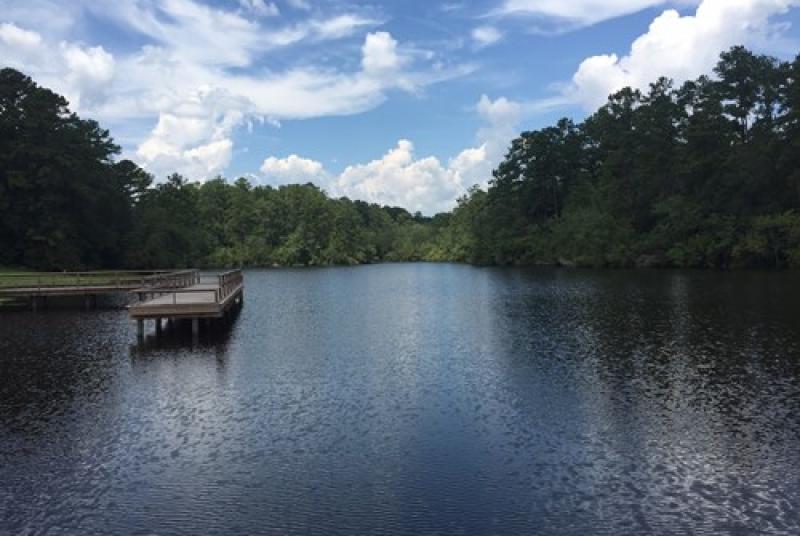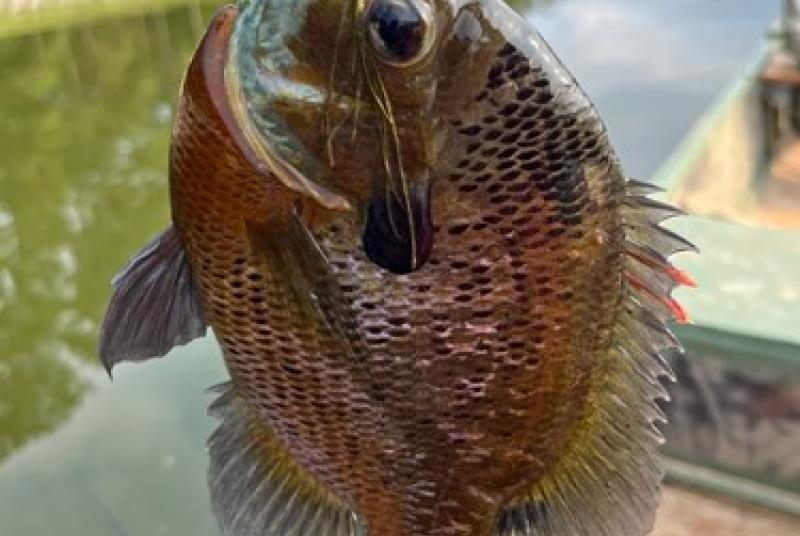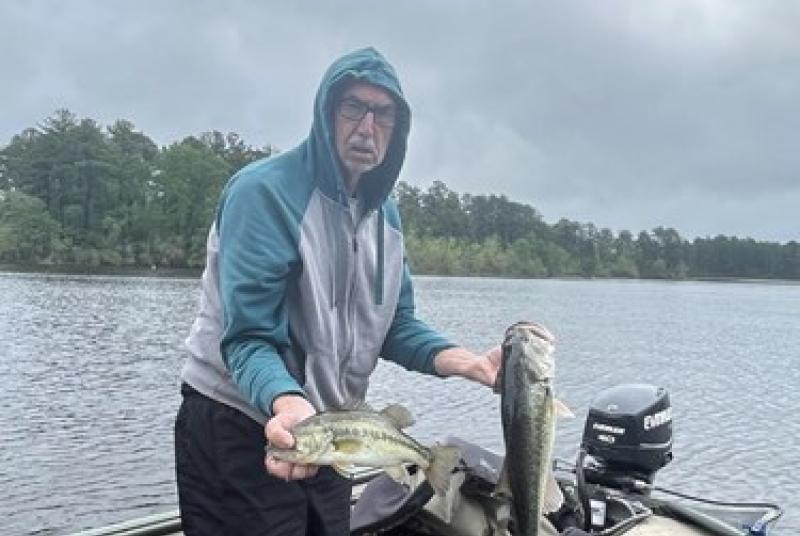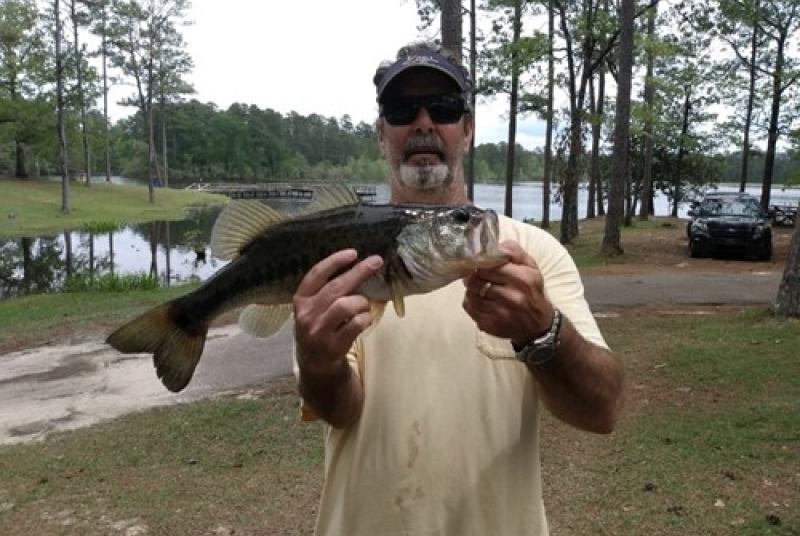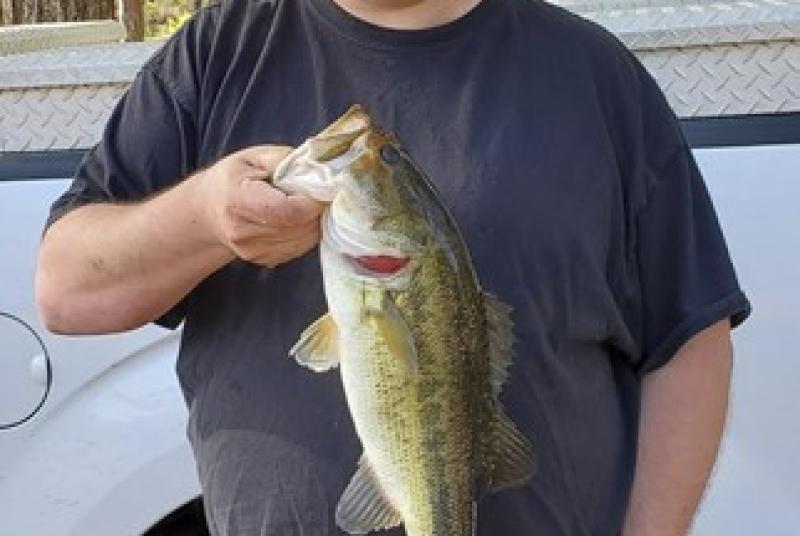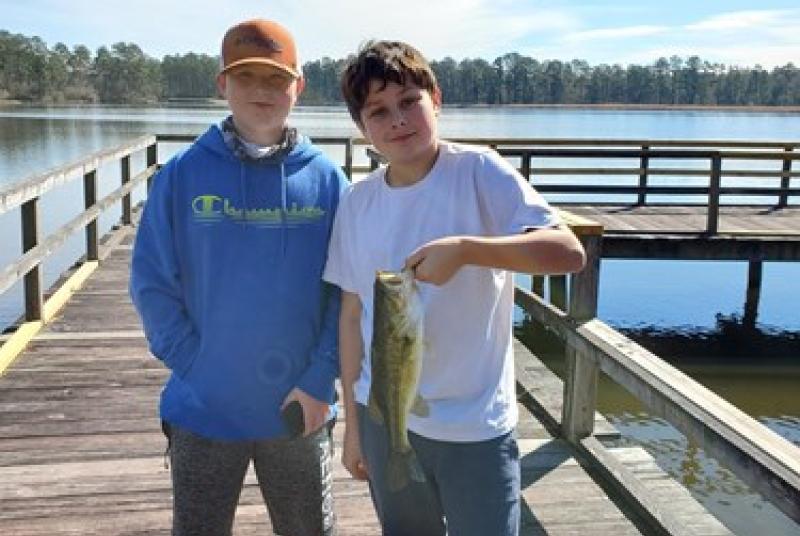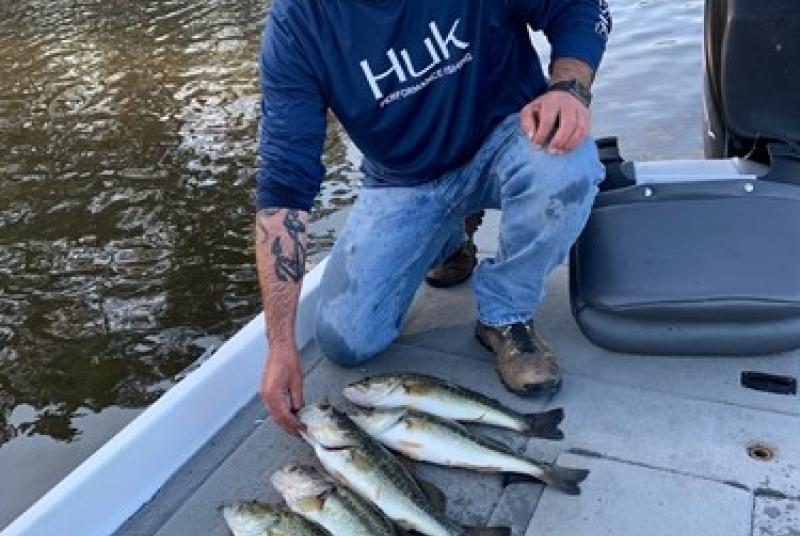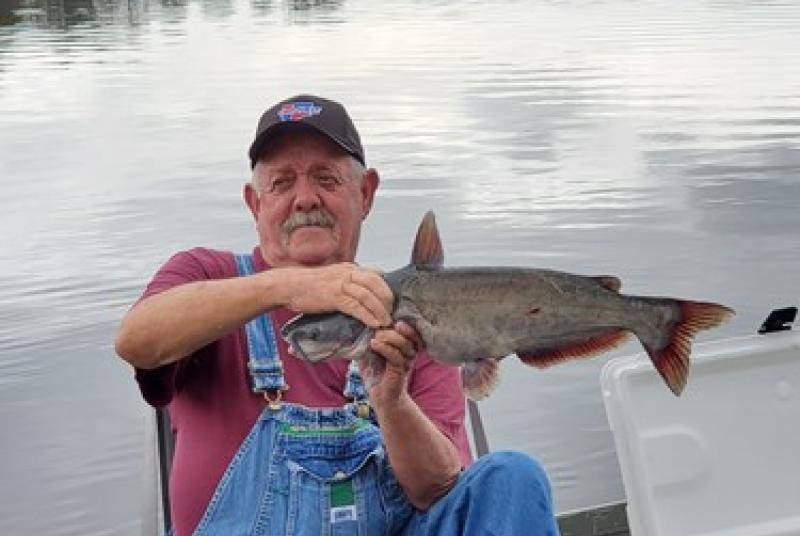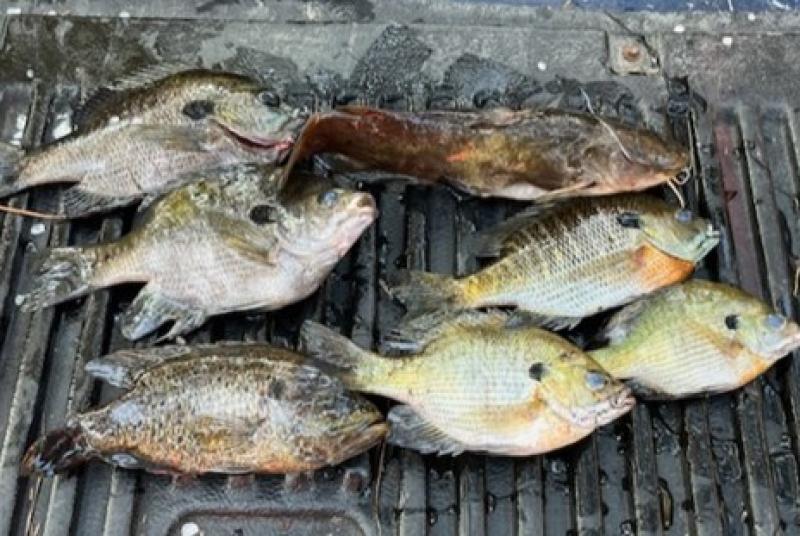
| Species | Detail |
|---|---|
| Bass | Fishing has been fair. Focus fishing effort with soft plastics in a green/black/red coloration. Minnows also work well. Fishing should continue to pick up as more fish spawn. |
| Crappie | Fishing has been good. Focus fishing effort with smaller jigs or minnows. Look for structure and do not be afraid to use a spray-on fish attractant. Fishing should continue to pick up as more fish spawn. |
| Bream | Fishing has been fair. Focus fishing effort near vegetation with small beetle spin or fish using red worms, night crawlers, and crickets. Fishing should pick up as more fish start to spawn. |
| Catfish | Fishing has been fair. Focus fishing effort on the bottom with red worms, liver, and other stink baits. |
